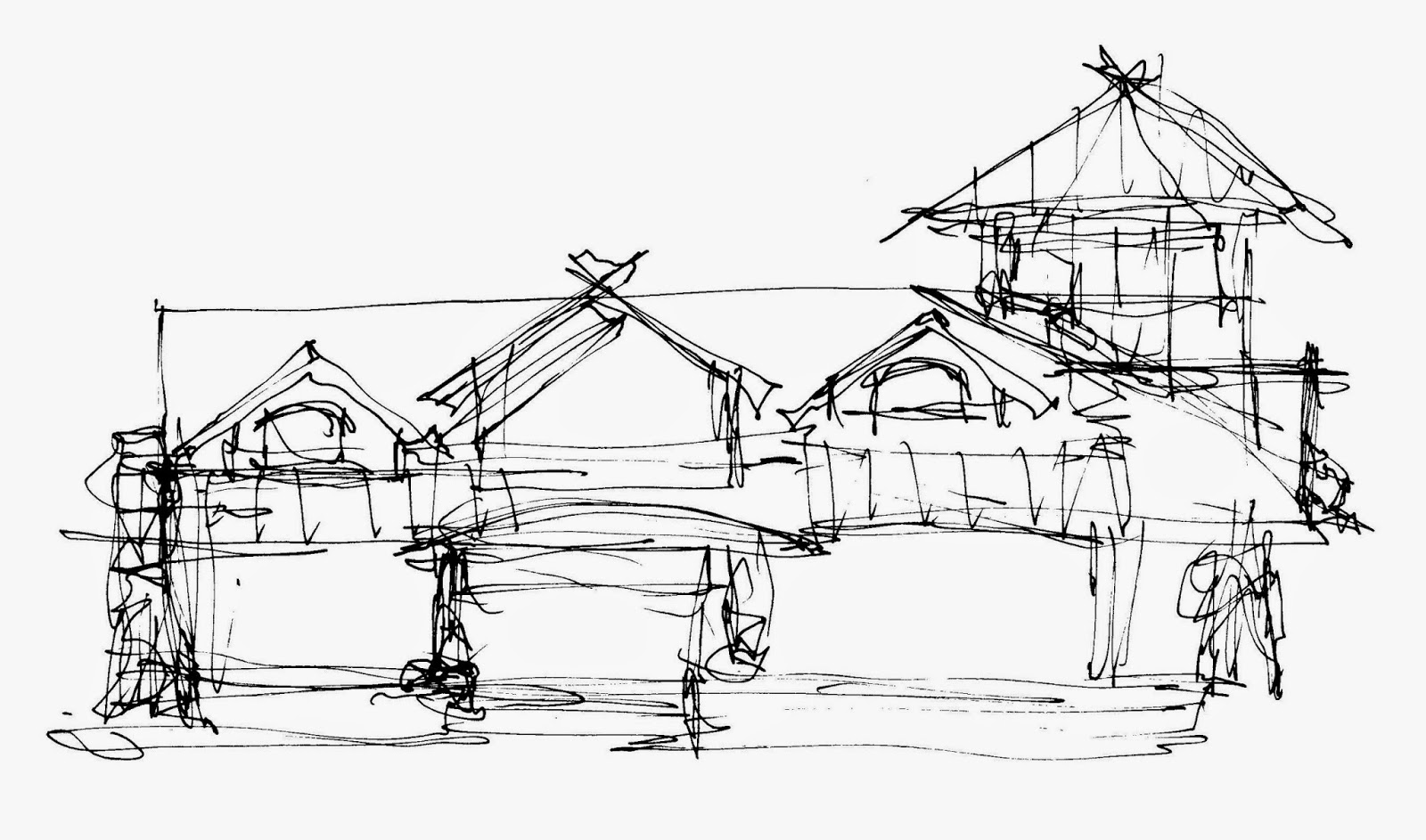Q: Should I renovate my current home to be more green, or is it
better to start from scratch and build a brand new eco-friendly house?
A: That's a tough question. On one hand, renovations
are disruptive, expensive and time-consuming, and you're limited by the
envelope of your existing home. However, buying a new home and moving is
a huge commitment. You must examine the issue from the perspective of
your budget and lifestyle, but if your aim is to be more sustainable,
that presents another set of issues.
In general, renovating is more green than constructing a new home. By
adapting existing housing stock, we preserve more natural habitat and
use less building materials. Another option, of course, is to sell your
current home and purchase another existing home that is a better fit for
you and your family. However, some people happen to own land or dream
of constructing their own new home, and it does provide an opportunity
to start with a blank slate and do everything 'right' in terms of
sustainable design.
Lifestyle
If your family has expanded or contracted, or other circumstances
changed since you purchased your home, it might make sense to move. If adding on
to your current home is out of the question, building your own home
allows you the opportunity to determine exactly what types of spaces
best support your lifestyle, and you'll end up with just the right
amount of square footage.
Energy Efficiency
Old homes, especially, can be leaky and therefore cause high energy bills. There are a lot of upgrades you can make
to improve the situation, but certain homes are just too far gone to
justify the investment. By building a new home, you can ensure that the
walls are well-insulated and air tight, and that you install the most
efficient building systems out there.
Budget
Renovating is expensive. Building a new home is even more expensive. What can you afford? What types of loans are available for green renovations and construction? Are there any tax incentives? What is the resale value
of your current home? These are all factors you must consider before
you make your final decision. In many cases, renovating is the greener
option, but there is certainly no one-size-fits-all solution.








